A Quick Historical Overview
Over the last four years, Microsoft Ads has transformed its business to focus on creating an ecosystem that supports advertisers, partners, publishers, and end consumers. Here’s a brief timeline of Microsoft Ads’ partnership developments:
- 2019: Acquisition of the retail media solution PromoteIQ.
- 2022: Acquisition of Xandr (formerly AppNexus).
- 2022: Netflix selects Microsoft as its global advertising technology and sales partner.
- 2023: Roku Advertising joins forces with Microsoft Ads for cross-platform collaboration.
Each acquisition and partnership has expanded Microsoft’s share of the online marketplace.
Maximizing Digital Solutions
While Microsoft Ads is traditionally known for its search advertising platform (formerly Bing), today, it supports a wide array of offerings across its advertising platform, including:
- Search
- Display
- Native Ads
- Retail Media
- Video
- Connected TV (CTV)
By scaling these offerings and attracting new clients and verticals, Microsoft’s strategic expansion has unified the power of various platforms and services, offering a comprehensive ecosystem for publishers and advertisers alike.
Rebranding Microsoft Platforms
The two major name changes announced pertain to the acquisitions of PromoteIQ and Xandr. PromoteIQ will now be rebranded as Microsoft Retail Media, while Xandr Solutions will be rebranded as Microsoft Monetize, Microsoft Invest, and Microsoft Curate. According to Microsoft, these updates will roll out throughout the rest of 2023. There will be no immediate changes to advertising campaigns, retail media programs, or website monetization services.
Integrating Artificial Intelligence (AI) in Advertising Platforms
In addition to the name changes, Microsoft hinted at upcoming AI developments. In 2023, Microsoft introduced AI-driven Bing search and Edge browser features, which received positive feedback. Now, Microsoft is poised to bring generative AI to its advertising platforms. Microsoft has introduced a predictive targeting tool to its ad platform, and future AI updates may include:
- Campaign asset creation at scale
- Campaign management efficiency
- Support for a broader set of advertising objectives
These AI platform updates align with similar moves by Google Ads, which already supports automated asset creation for Performance Max campaigns, suggesting that Microsoft’s version may follow suit soon (though this hasn’t been confirmed).
Why These Changes Matter
The goal of these name changes is to clearly communicate the value and offerings of each platform. From the perspective of advertisers and publishers, simplified and recognizable names give Microsoft a competitive edge in attracting more brands, particularly major retail brands. With Xandr offering multiple solutions, Microsoft’s strategy to segment its solution offerings is a wise move. Simplifying the platform names helps advertisers and publishers more easily determine which platform suits their needs.
Moreover, other competitive factors might be driving the name changes. For instance, The Trade Desk (TDD) recently announced significant updates to its programmatic platform to challenge Big Tech’s dominance. As more brands emerge and evolve their solutions, Microsoft is positioning itself as a major international force, offering advertising capabilities in 187 markets and 35 languages.
Do you have a new project or need our services? Send us information here or call us at 2130414635.




